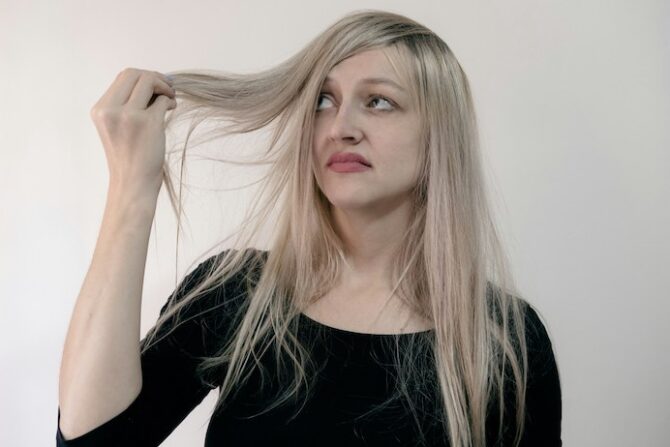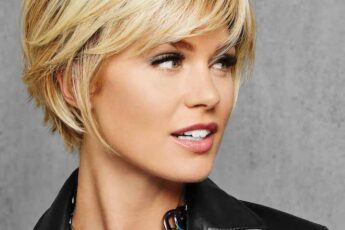Okay, let’s be real. You’ve probably heard the word keratin mentioned whenever someone talks about silky, shiny, or frizzless hair. It’s on conditioners, shampoos, masks and even salon treatments that promise to transform the appearance of your hair overnight.
But the thing nobody will tell you is, there are various keratin protein types in hair. And knowing the difference? It could allow you to care for your hair better than you ever have.
I’m not saying you should memorize science words or become a hair chemist. But I do think that it’s helpful to get some sense of what’s really going on inside your locks—so that you’re not just buying stuff because the name on the box sounds cool.
Let’s break it down into simple, friendly, and straightforward language.
Table of Contents
Key Takeaways
- Keratin is the main protein in your hair, making up around 85% of each strand.
- There are two major keratin types in hair: Type I (acidic) and Type II (neutral/basic).
- Hard keratin is strong and makes up most of your hair shaft. Soft keratin is more flexible and found in skin/scalp.
- Humans have alpha-keratin. Beta-keratin isn’t found in human hair.
- Products use hydrolyzed keratin to repair damaged areas, but overuse can cause stiffness.
- Supporting natural keratin is simple: go gentle, avoid sulfates, add moisture, and don’t overdo protein.
What Is Keratin and Why Should You Care?
Before we talk about types, let’s get this part out of the way.
Keratin is a protein—but not just any protein. It’s the one that makes up the majority of your hair. Your hair is 85% keratin, to be precise. Which means when keratin is damaged, your hair loses its strength, its bounce, and even its shine.
See keratin as the support structure within your hair. It gives your hair strength, stretch, and the ability to fight heat, humidity, or whatever else you subject it to.
And so when you see split ends, breakage, or frizz that refuses to budge? That may be your hair’s keratin structure crying out for mercy.
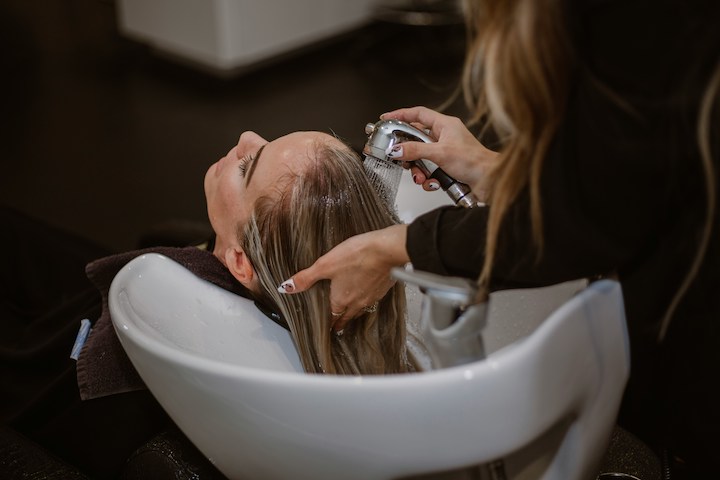
The Two Major Types of Keratin in Hair
This is where things become a little more interesting.
Keratin in your hair is divided into two big families:
1. Type I Keratins (Acidic)
These are the keratins largely found inside the strand which gives your hair that hard framework. They’re tougher and more rigid.
If your hair is limp or fine, it could be that this inner keratin is broken or damaged.
2. Type II Keratins (Basic or Neutral)
These are less structured and reside closer to the surface of the strand. They add softness, movement, and flex.
In a way, these two types work like a team. One gives structure. The other gives flexibility. And if either one starts to break down? That’s when things go sideways.
Now you don’t need to memorize all their names or numbers but just being aware of these two general categories provides you with the idea of what your hair might need.
Also Read: The Best Keratin Treatments: Our Reviews Of The Top Ones
Hard Keratin vs Soft Keratin: What’s the Difference?
Let’s keep it simple.
Your hair mostly contains something called hard keratin.
That’s the tough kind. It’s what makes your hair strong. You also find it in your nails and the outer layer of your skin.
Then there’s soft keratin, which is more flexible. It’s mostly in your skin and scalp.
When you hear about keratin treatments or products, some are designed to mimic hard keratin, while others try to restore the softer type. But here’s the thing—most products don’t tell you which they’re using. They just say “keratin.”
That’s why learning about keratin protein types in hair helps you make smarter choices. If your hair feels brittle and weak, you probably need more of the harder support. But if it’s stiff and dry, you might be missing some softness.
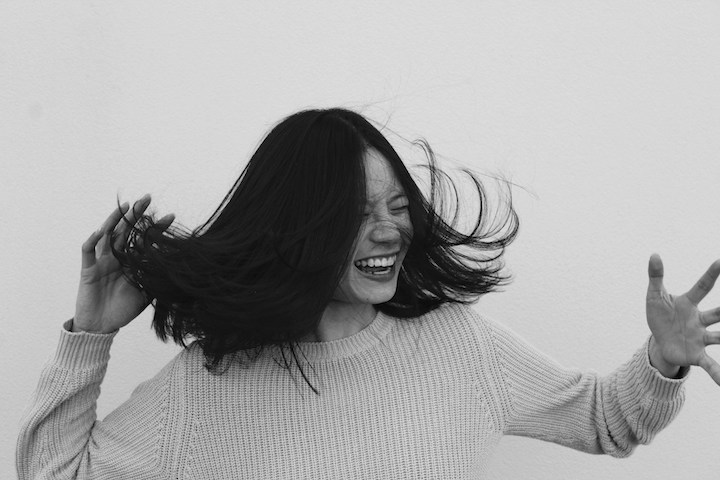
Alpha-Keratin and Beta-Keratin: Are They in Your Hair?
I’ve seen this question pop up a lot, especially in blog posts or product descriptions:
“Is this made with alpha-keratin or beta-keratin?”
Let me clear this up for you.
Alpha-Keratin
This is the type of keratin humans have. It’s what your hair, skin, and nails are made of.
Beta-Keratin
This is found in birds and reptiles—think feathers, claws, scales.
So no, you don’t have beta-keratin in your hair, and you don’t need it either. Any product that claims to contain it is likely just trying to sound smart.
Stick to alpha-keratin when you’re shopping. That’s what your hair actually understands.
How Hair Products Try to Replace or Repair Keratin
You’ve probably used something that says “keratin-infused” or “keratin-repair.”
But what does that mean?
Let’s look closer.
Most products don’t contain full keratin proteins—they’re too big to get into your hair. Instead, they use something called hydrolyzed keratin.
Basically, it’s broken down into tiny pieces so your hair can soak it up.
That’s not a bad thing. In fact, hydrolyzed keratin can help fill in weak spots, smooth over cracks in the hair shaft, and give your hair a temporary boost in strength.
But here’s the catch: overusing keratin-heavy products can make your hair stiff if you’re not also adding enough moisture.
So balance is key. Think of keratin like a bandage—it helps, but it can’t replace healthy habits.
Should You Worry About Keratin Loss?
Yes and no.
Your hair naturally wears down over time. But certain things can speed that up:
- Heat tools (like straighteners or curling irons)
- Bleaching and coloring
- Rough brushing
- Sulfate-heavy shampoos
- Sun exposure
When that happens, your keratin proteins start to break apart. That leads to:
- Frizz that won’t quit
- Dry, straw-like strands
- Breakage, especially at the ends
- Hair that feels weak or dull
The good news? You can slow down the damage and support your natural keratin with just a few small changes.
Check Out: Best Sodium Chloride-Free Shampoo Reviews: Keratin-Friendly Options
Simple Tips to Support the Keratin in Your Hair
You don’t need a 12-step routine or expensive salon treatments. Just do the basics right.
Here’s what I recommend:
- Switch to a sulfate-free shampoo. Sulfates strip natural proteins.
- Limit heat tools, or always use a heat protectant.
- Use masks with hydrolyzed keratin—but not too often (once a week is fine).
- Look for proteins like wheat, silk, or rice protein on your ingredient list.
- Moisturize regularly, especially if you’re using protein-rich products. Balance matters.
- Be gentle when detangling. Use a wide-tooth comb or your fingers.
- Sleep on a silk pillowcase to reduce friction and breakage.
Sometimes, it’s not about what you add—it’s about what you stop doing.
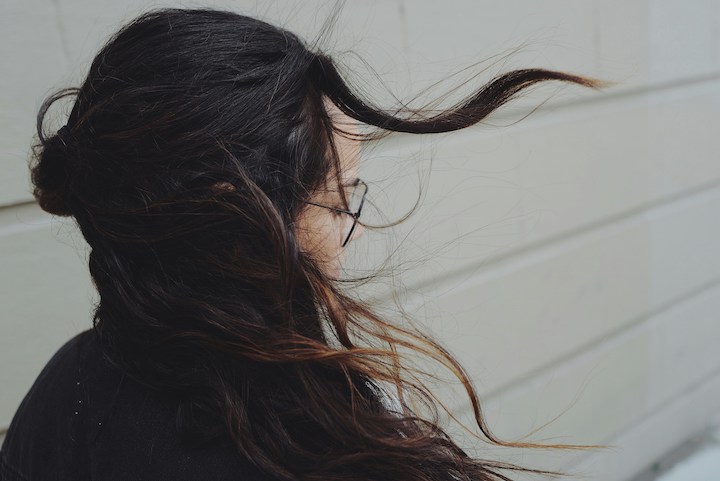
Conclusion
So now you know—keratin is not just one thing. It’s an entire squad of proteins, all functioning as one to make your hair strong, flexible, and full of vitality.
There’s Type I and Type II. Hard and soft. Alpha keratin (the good kind) and beta keratin (the kind you don’t have to worry about). Once you know what’s really in your hair, it becomes a whole lot easier to pick the right products, the right routines, and the right treatment routines.
You don’t have to redo everything. You don’t have to get rid of all your products. But the next time you see something that has “keratin-infused” on it, you’ll know exactly what to look for—and what to avoid.
And trust me, that little bit of information? It will make a world of difference.
Frequently Asked Questions
Is all keratin the same in every hair type?
Not really. The underlying framework is the same, but how your hair uses it is different. Curly hair, for example, might need more help maintaining keratin because of its bends and twists.
Can I overdo keratin?
Yes. Overloading your hair with too many keratin treatments or protein-filled products makes it brittle, stiff, and breakable. Balance it with moisture.
How do I know if my hair is low in keratin?
Watch for signs like constant frizz, dryness, brittle strands, or excessive shedding. If your hair feels like it’s falling apart, keratin might be part of the puzzle.
How is keratin treatment different from natural keratin in my hair?
Natural keratin is what your hair consists of. Salon treatments are typically chemical treatments that attach fake keratin to your hair. They smoothe it out—but the results don’t last, and sometimes are nasty to the scalp.

